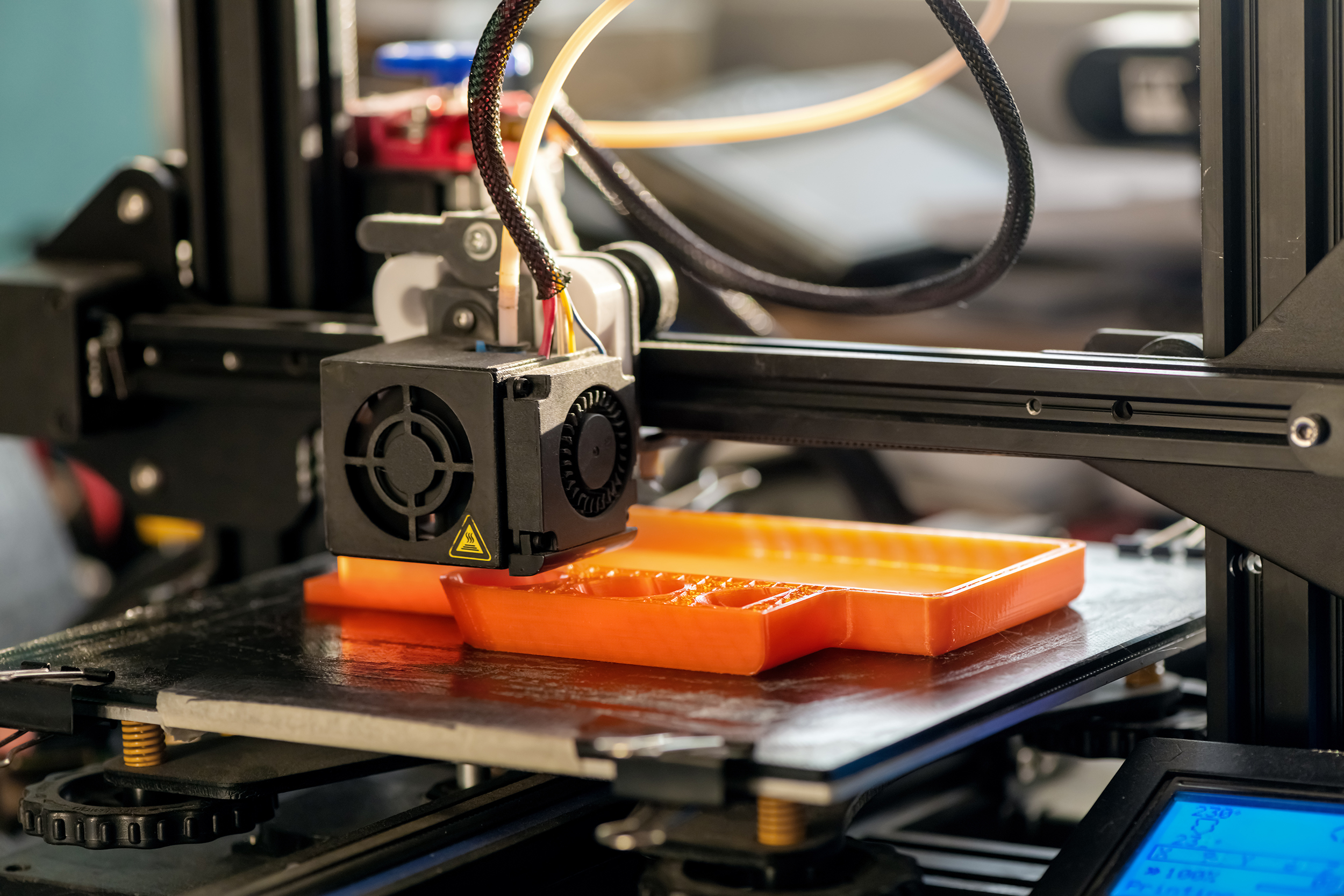Avoid production delays with build-to-print manufacturers who deliver components built to specification.
When a client approaches a manufacturer with a fabrication need, the work they are looking for can be split into two rough categories: design and spec, which involves developing a production process from scratch, and build-to-print, wherein the client already has blueprints and technical drawings and simply needs the component manufactured according to existing designs. Build-to-print manufacturing isn’t the star of the show in most cases, but in the right circumstances, it can be an invaluable tool for companies to have at their disposal.
At Eagle, our most involved projects are design & spec. But our build-to-print capabilities are part of what allow us to be such an effective partner to our customers. If you’re wondering how build-to-print fabrication can be useful to you, here are its four greatest advantages.
1. Replace broken components with exact replicas.
Say you have a production line that is essential to your business operations. One day, you notice that one of the components of that production line is wearing down and will soon break. You don’t have the replacement piece you need to get it up and running again—but you do have the blueprints.
A build-to-print manufacturer can work from your blueprints to manufacture a replacement piece. Because the replacement will be an identical component, you don’t need to worry about whether it will fit or not, nor do you have to go through a more lengthy process of redesigning that portion of your production line. In fact, if you spot the issue soon enough, you can have the replacement component ready to go before your production grinds to a halt.
2. Scale production by duplicating existing machinery.
If build-to-print can be used to replace components on existing machinery, it can also be used to duplicate an entire machine. This can be invaluable for businesses that need to scale production quickly, because it allows them to remain flexible and responsive to the demands of a shifting market. Being able to reproduce an entire production line means they can have confidence that the quality of the product will remain consistent.
Build-to-print is also helpful in situations where the original equipment manufacturer may no longer be available to produce another round of machinery. So long as your business has the blueprints for your production line, you can replicate it down to the last detail.
3. Replicate proven processes for new iterations on old designs.
In some cases, one portion of a design works perfectly, and a manufacturer wants to keep that component while updating other elements of the same design. Instead of starting the design over from ground up, build-to-print allows manufacturers to integrate the original components into the new model.
In regulated industries, this poses a distinct advantage. If companies can show that one portion of a design matches a previously approved portion, it can expedite the approval process. Build-to-print can give the assurance that the manufacturing processes between versions are consistent.
4. Streamline handoff from R&D to manufacturing.
Some businesses have highly-developed research and development departments that are in charge of the designing and prototyping of a manufacturing process. They may want to keep control over certain aspects of that process, and only work with fabricators on specific portions.
Build-to-print gives companies the freedom to focus intensely on core research portions of their business, safe in the knowledge that when the time comes for production, they have a trusted partner who can work with their designs to manufacture components exactly to spec.
When is design & spec manufacturing a better option?
While build-to-print offers clear advantages in many applications, it is not always the best choice. An automation partner who can work with your company at earlier stages of the design process has a level of production expertise that can yield a more efficient manufacturing workflow. They can also make it easier for smaller teams to work more quickly, by supplying the additional engineering manpower necessary to see a project through to completion.
For instance, at Eagle, our engineers work with computer simulations to plan the layout of a production line. We’re also experts in testing and validation, which we can incorporate directly into a manufacturing process to ensure product quality. The earlier we can work with our customers and the design of their project, the more readily we can incorporate our expertise into a production design.
Work with an automation partner who can handle both.
The bottom line is that you should find a manufacturing partner who can handle both design & spec and build-to-print. If your business needs to fabricate a component for an automated assembly on short notice, who better than the automation expert who helped you build the assembly in the first place?
Eagle Technologies has nearly seventy years of experience in the manufacturing space, and in that time we’ve learned to work with manufacturers of all sizes, on projects that range from full assembly builds to the reproduction of a single component. If you have a build-to-print need, contact us today. We can be sure you get the parts you need to keep your factory running.
![]() Connect With Eagle Technologies LinkedIn
Connect With Eagle Technologies LinkedIn
Eagle Technologies, headquarters in Bridgman, MI
Eagle builds the machines that automate manufacturing. From high-tech robotics to advanced product testing capabilities, Eagle offers end-to-end manufacturing solutions for every industry.


